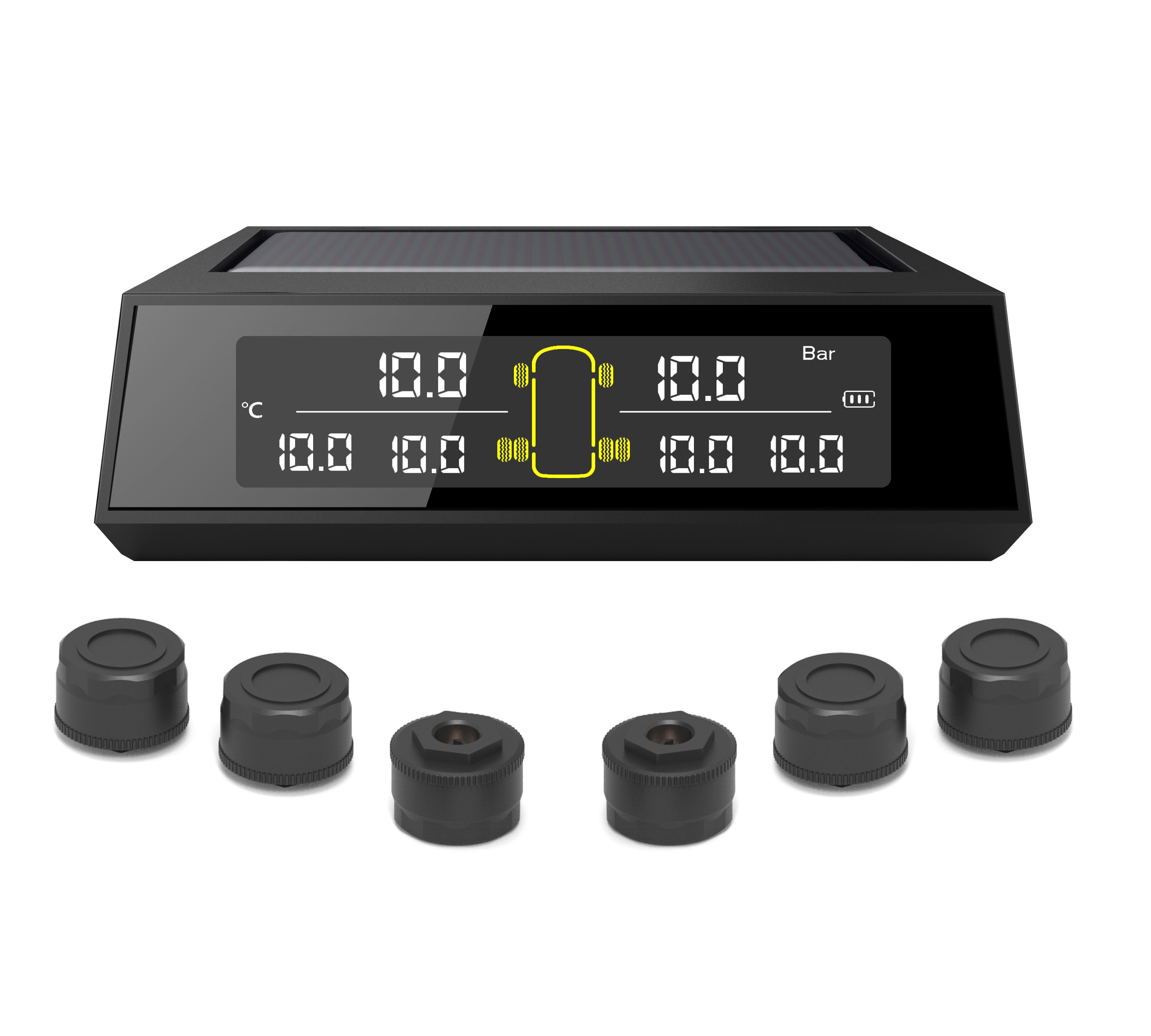Copyright © 2022 Shenzhen Daovay Technology Co., Ltd. All rights reserved.
Site MapPowered by

The tire pressure monitoring system can not only alarm the car owner when there is high pressure, low pressure, or high temperature in the tire to remind the car owner to pay attention to driving safety, but it can also help the car owner save fuel and money, and become a low-carbon and environmentally friendly car.
Statistics related to the tire pressure monitoring system TPMS show that running a car without air will consume 3.3% more fuel. Many car owners may not know that tires slowly and naturally leak air, and they may not even know that their tires are under-inflated.
Know the tire condition at all times through the tire pressure monitoring system, prevent tire blowouts, save fuel and protect the environment.

Specific application examples of tire pressure monitoring systems: This technology is used in mid- to high-end vehicles.
How to fold and edit this paragraph
1. Direct tire pressure monitoring: The direct tire pressure monitoring device uses a pressure sensor installed in each tire to directly measure the tire pressure, and uses a wireless transmitter to send the pressure information from inside the tire to the central receiver module. Then display the air pressure data of each tire. When the tire pressure is too low or there is a leak, the system will automatically alarm.
2. Indirect tire pressure monitoring: The working principle of indirect tire pressure monitoring is that when the air pressure of a certain tire decreases, the weight of the vehicle will make the rolling radius of the wheel smaller, causing its rotation speed to be faster than other wheels. By comparing the speed differences between tires, the purpose of monitoring tire pressure is achieved. The indirect tire warning system actually relies on calculating the rolling radius of the tire to monitor air pressure.
3. Introduction to Tire Intelligent Monitoring System (TPMS): It has the advantages of the above two systems. It is equipped with direct sensors in two tires that are diagonal to each other, and equipped with a 4-wheel indirect system. Compared with all direct systems, this composite system can reduce costs and overcome the shortcomings of indirect systems that cannot detect low air pressure in multiple tires at the same time. However, it still doesn't provide real-time data on the actual pressure within all 4 tires like a direct system would